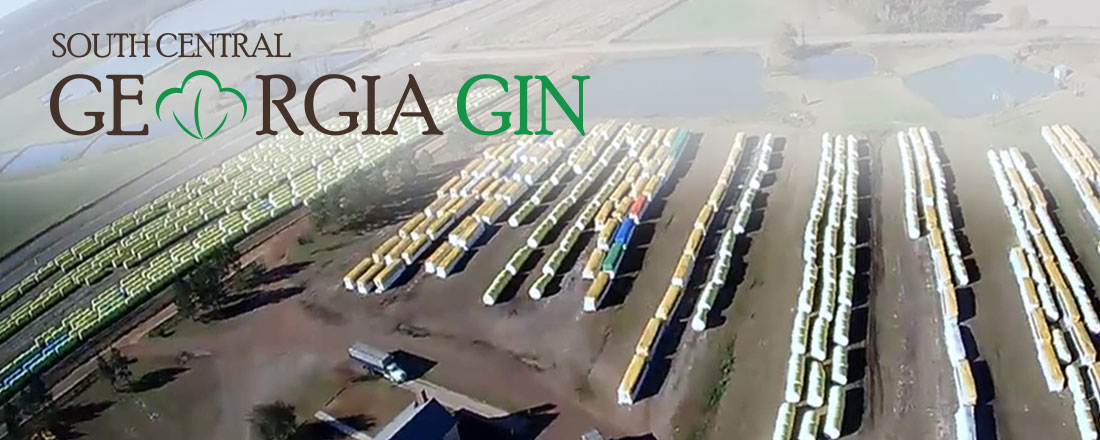| |
Market Matters Blog 10/16 12:29
As Harvest Ramps Up, the Lower Mississippi River Is Falling Again
Hurricane Helene provided some relief to the Lower Mississippi River, but
with the return of dry conditions, water levels are expected to drop.
Mary Kennedy
DTN Basis Analyst
As fall harvest of record corn and soybean crops is in full swing, river
conditions continue to worsen, stalling barges trying to move up and down the
Lower Mississippi River (LMR). In addition, barge drafts and tow sizes have
been cut.
Ceres Consulting said in their daily barge freight email, "Hot and dry
weather in the Midwest over the past two weeks is pushing harvest along ahead
of average. River stages Cairo south continues to fall and currently at 11'6",
with 11'0" expected early the week of Oct. 14. Memphis river stage is falling
and given dry weather over the next week, we'll see more draft cuts coming."
A normal draft -- the distance between the waterline and the deepest point
of the boat -- for a barge when river conditions are good is 12 feet at
approximately 2,100 tons. On the Illinois River, barges are regularly loaded to
a 9-foot draft at approximately 1,500 tons. Each foot of draft that is reduced
means a barge's cargo is cut by 200 tons and will cost shippers money as they
are paying the same amount of freight to ship less. In addition, that will
create the need for more barges to pick up the slack.
In turn, those costs may be passed on to farmers who haul grain to river
terminals or, worst case, river terminals in the low water areas may have to
stop taking grain. So far, there haven't been any reports of that happening yet
and after checking corn basis bids at some of the terminals in the LMR, there
is no indication, yet that basis is weaker due to current conditions. However,
that all could change as river levels continue to fall.
On Sunday evening, Oct. 13, the Mississippi River gauge at Memphis,
Tennessee, read -5.39 feet below zero gauge. And it's falling fast. On Friday
morning, Oct. 11, it was -2.36 feet below zero gauge. The NWS on their Facebook
page said, "Behind this rise (from Helene) we are not seeing any rainfall over
the next 16 days, and we anticipate that the Lower Ohio and Mississippi Rivers
will continue to recede back to low flow conditions."
A recent post on the U.S. National Weather Service Lower Mississippi River
Forecast Center Facebook page said, "The forecast now has Cairo dropping below
10 ft and the USACE Great Lakes and Ohio River Division has resumed low water
operations with partners for additional coordination beginning this week.
Discharges are being regulated to mitigate lower stages at Cairo. Toward the
end of October and early November, we are seeing the potential for significant
low stages in the 5.5 ft range at Cairo with no additional rainfall."
Dredges continue to work in the areas where groundings had taken place
earlier in the fall and areas where the river is low. At Mile Marker 540 near
Greenville, Mississippi, the Dredge Jardin continues to dredge with rolling
24-hour closures, according to American Commercial Barge Line. Dredge Hurley
continues dredging below Memphis at MM 711, but so far, no closures are
impacting barge traffic.
Should conditions worsen, more dredges will be put to work, dredging to keep
a 9-foot channel open for traffic and hopefully prevent barge groundings,
especially around the bends.
SALTWATER WEDGE STILL BEING MONITORED
On Aug. 31, 2024, the U.S. Army Corps of Engineers announced on their
Facebook page, "USACE to construct underwater sill to arrest saltwater
progression into Mississippi River. The operational trigger has been met for
the U.S. Army Corps of Engineers, New Orleans District to construct an
underwater sill across the bed of the Mississippi River channel to arrest
further upriver progression of saltwater from the Gulf of Mexico."
"The underwater barrier sill, built to arrest the upriver movement of the
saltwater and reduce the risk to freshwater intakes along the river, will be
constructed near Myrtle Grove, Louisiana, using sediment dredged from an area
designated for this purpose. The sill will take approximately two weeks to
complete once the contract has been awarded and the dredge mobilized, but it
will demonstrate benefits in advance of completion," noted a press release on
the USACE New Orleans website.
According to the Oct. 11 prediction, the toe of the wedge estimated location
was at River Mile 59.9 AHP (above head of passes).
https://www.mvn.usace.army.mil/Missions/Engineering/Stage-and-Hydrologic-Data/Sa
ltwaterWedge/SaltwaterWedgeNow/
The Corps constructed a similar underwater sill in 1988, 1999, 2012, 2022
and 2023 at River Mile 64, near Myrtle Grove, Louisiana, to arrest the
progression of saltwater intrusion. This sill will be maintained until river
flows increase and push the saltwater downstream. At that point, the increased
river flow will naturally erode the feature.
Mississippi River at Memphis hydrograph: https://water.noaa.gov/gauges/memt1
NOAA river stage forecast:
https://forecast.weather.gov/product.php?site=NWS&issuedby=ORN&product=RVA&forma
t=txt&version=1&glossary=0
Mary Kennedy can be reached at Mary.Kennedy@dtn.com
Follow her on social platform X @MaryCKenn
(c) Copyright 2024 DTN, LLC. All rights reserved.
DTN offers additional daily information available free through DTN Snapshot – sign up today.
|
|


